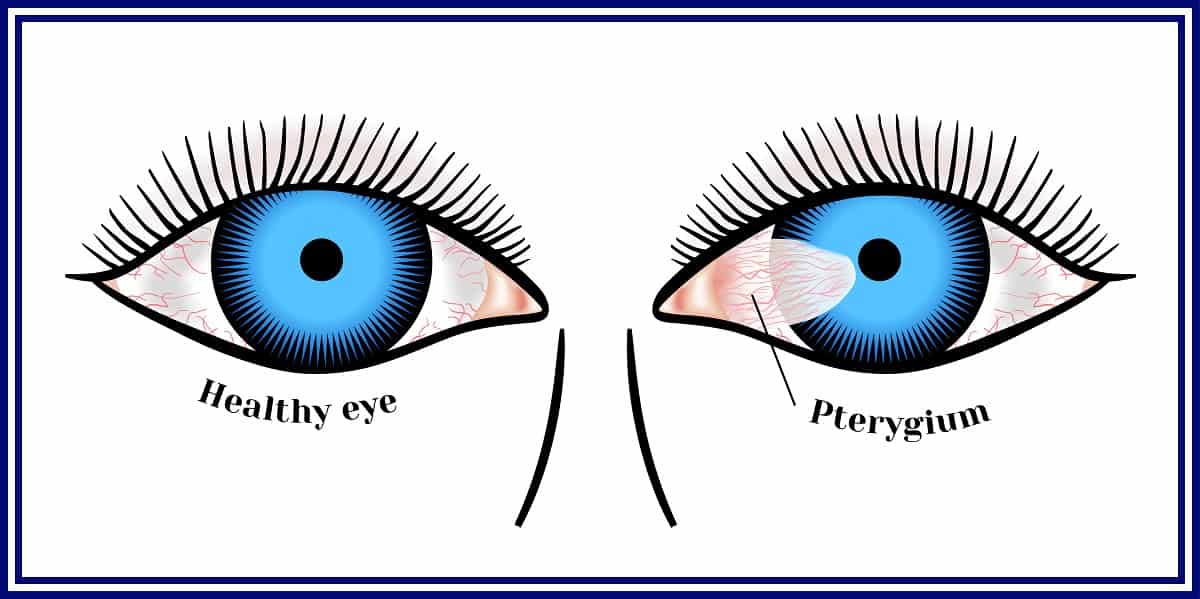A pterygium (pronounced tuh-RIJ-ee-uhm) is an eye growth seen in individuals who have spent long hours in bright sunlight over the course of many years. Although the name sounds scary, pterygia — the plural of pterygium — are not cancerous and cannot spread to other parts of the body. Still, a pterygium can be unsightly and a nuisance.
Read on as the team at Laser Eye Center of Miami reveals everything you need to know about pterygia, which is sometimes referred to as “surfer’s eye.”
A Wedge-Shaped Growth On the Eye
A pterygium is an abnormal wedge-shaped lesion that develops on the conjunctiva, or the membrane that covers the white part of the eye. It gets its name from the Greek word for “little wing.” Most pterygia start out small on the inner corner of the eye near the nose and gradually spread across the ocular surface toward the pupil.
The Exact Cause Is Unknown
There are many theories about what causes pterygia, but the exact cause is unknown. The growths are commonly linked to excessive exposure to outdoor elements such as ultraviolet light, dust and wind. Pterygia are very common among surfers and other athletes and individuals who regularly spend hours in the bright sunlight — especially on the water. Because of Miami’s beautiful, sunny beaches, we see plenty of cases of “surfer’s eye” at our practice.
Symptoms Vary
Symptoms of a pterygium include a burning, itching or gritty sensation or the sensation that something is in the eye (i.e., a “foreign body” sensation). A pterygium that becomes inflamed can cause the eye to constantly look red.
Some, but not all, pterygia interfere with vision. Most start out very small and gradually enlarge. If the growth becomes big enough and covers enough of the eye’s surface, it can interfere with visual clarity.
Diagnosed Through a Comprehensive Eye Exam
Diagnosing a pterygium involves a comprehensive eye examination and a careful evaluation of the lesion. An instrument called a slit-lamp may be used to allow our eye doctor a clear look at the eye to examine the lesion. Depending on the size of the pterygium, the doctor may advise a “wait and watch” approach, monitoring the lesion over time to determine how fast it grows.
Removed Via a Quick Surgical Procedure
Not every pterygium needs to be treated. Pterygia that cause uncomfortable symptoms or affect vision can be removed through a surgical procedure. During the surgery, the growth is excised and tissue from the conjunctiva is used to fill the leftover space. The procedure takes about 30 minutes and anesthesia is used to prevent any pain.
If you have noticed an unusual growth on the surface of your eye, you should have it checked out by one of our doctors. If it is a pterygium, we can explain more about your treatment options and help you decide how to proceed. Call or email Laser Eye Center of Miami to request an appointment today.







